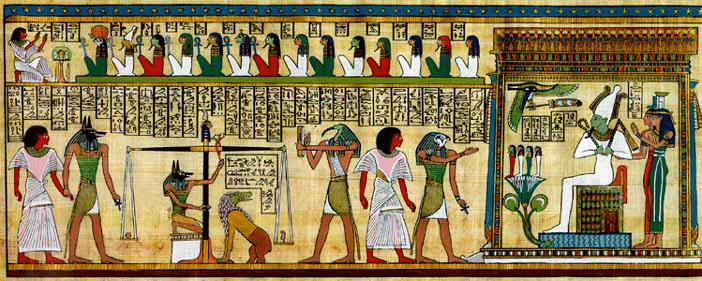
Platohagel: Can we elevate this conversation within the standings of requirements of principles adhered to, in the Virtues of the Pursuit of Justice 6.0?
Socrates: The image depicts a statue representing Sophia, the personification of wisdom, located at the Library of Celsus in Ephesus, dating back to the second century. This historical and architectural context enriches our understanding of Sophia as a virtue and its significance in ancient cultures.
Historical Significance
- Library of Celsus:
- Background: The Library of Celsus, built in honor of the Roman Senator Tiberius Julius Celsus Polemaeanus, is one of the most significant structures in Ephesus. It was constructed around 110 AD by Celsus’s son, Gaius Julius Aquila.
- Purpose: The library served as both a monumental tomb for Celsus and a public library housing thousands of scrolls, reflecting the value placed on knowledge and learning in Roman society.
- Personification of Virtues:
- Sophia: The statue of Sophia embodies the virtue of wisdom, which was highly esteemed in both Greek and Roman cultures. This representation signifies the integral role of wisdom in education and governance.
- Other Virtues: The Library of Celsus also includes statues representing other virtues such as Arete (excellence), Ennoia (intelligence), and Episteme (knowledge), highlighting a comprehensive approach to intellectual and moral development.
Symbolism of Sophia
- Attributes:
- Pose and Attire: The statue’s serene pose and flowing attire suggest calmness, stability, and dignity—qualities associated with wisdom.
- Scroll or Book: Often, such statues hold a scroll or book, symbolizing the acquisition and transmission of knowledge.
- Cultural Context:
- Greek Philosophy: In Greek philosophy, Sophia was not just practical wisdom but also theoretical wisdom, encompassing deep understanding and insight into the nature of reality.
- Roman Adoption: The Romans, who admired Greek culture, adopted and adapted these philosophical concepts, integrating them into their own educational and cultural practices.
Philosophical and Ethical Framework
In aligning with the virtues of the pursuit of justice, Sophia as wisdom encompasses several key principles:
- Epistemic Humility:
- Awareness of Limits: Recognizing the limits of one’s knowledge and being open to continuous learning.
- Application: Encouraging open-mindedness and a willingness to consider new evidence and perspectives.
- Ethical Reflection:
- Moral Discernment: Applying ethical principles and discerning right from wrong in complex situations.
- Application: Integrating ethical considerations into decision-making processes.
- Practical Wisdom (Phronesis):
- Judgment and Action: Combining theoretical knowledge with practical application to make sound decisions.
- Application: Exercising good judgment in real-life scenarios, promoting the common good and justice.
- Dialogue and Inquiry:
- Critical Thinking: Engaging in thoughtful dialogue and questioning to uncover deeper truths.
- Application: Fostering environments where diverse ideas can be explored and debated respectfully.
Conclusion
The statue of Sophia at the Library of Celsus serves as a powerful reminder of the timeless value placed on wisdom. In contemporary terms, Sophia guides us to cultivate epistemic humility, ethical reflection, practical wisdom, and a commitment to dialogue and inquiry. These principles are essential not only in the pursuit of justice but in fostering a society grounded in truth, understanding, and ethical action.

